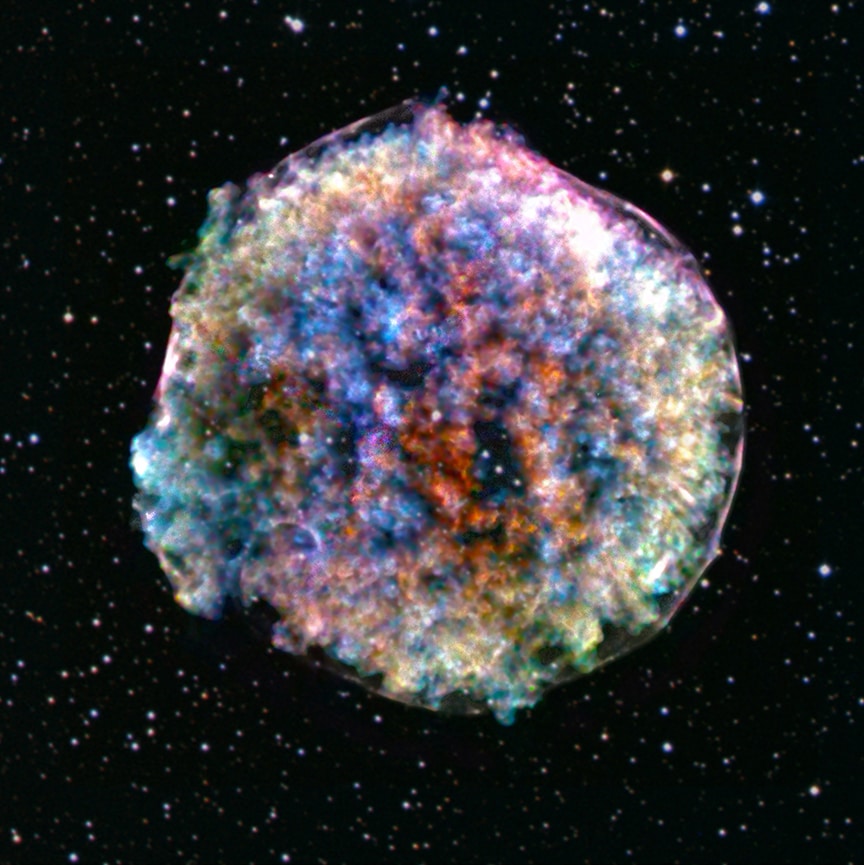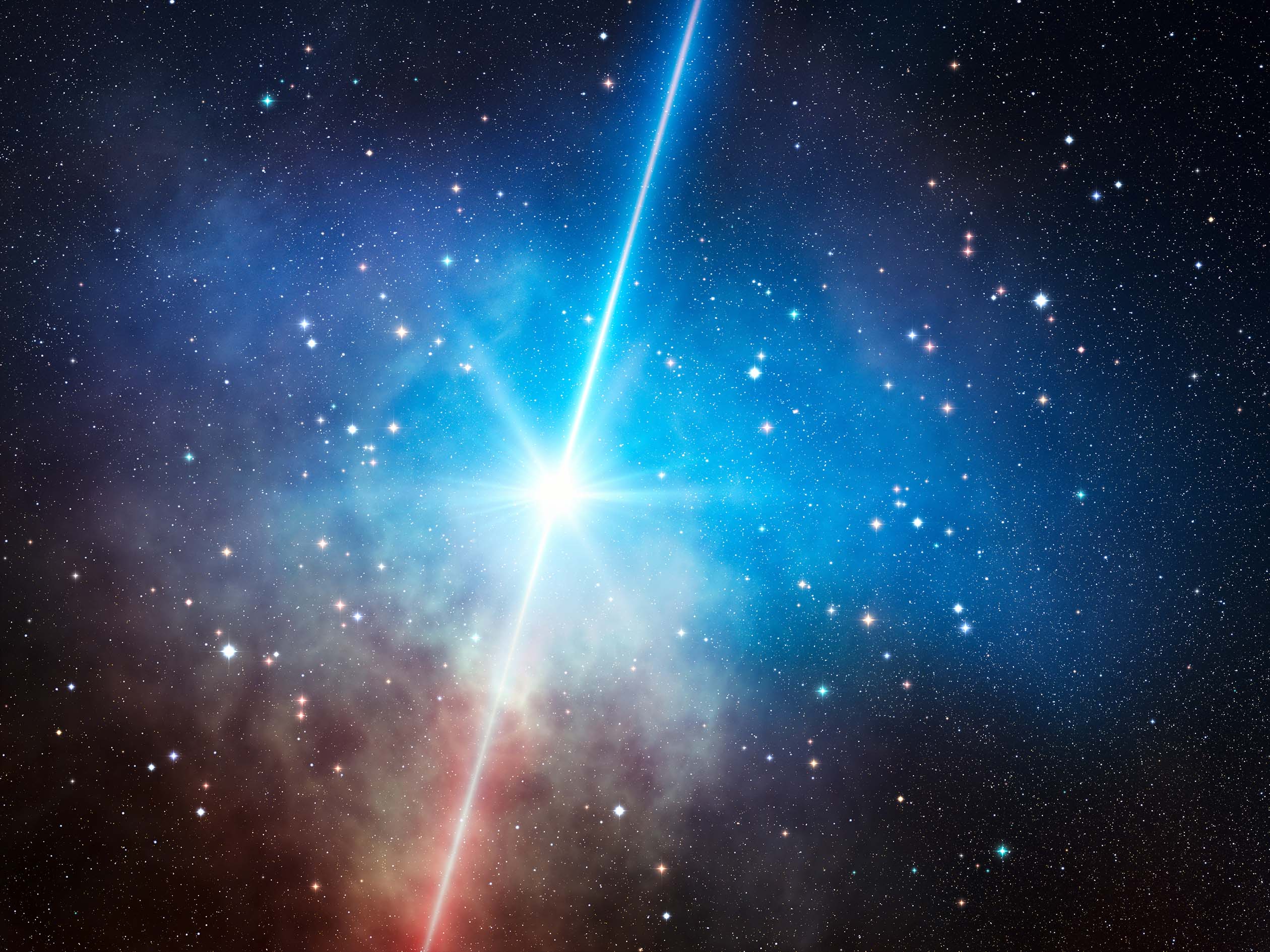The CTAO’s Study Themes
Ground-based gamma-ray astronomy is just a few decades old but has enormous scientific potential, as demonstrated by the current generation of instruments that have detected ~200 gamma-ray emitters. With its superior performance, the prospects for the CTAO combine the in-depth understanding of known objects with the anticipated detection of new classes of gamma-ray emitters and a great potential for fundamentally new discoveries, expanding the number of known gamma-ray objects by up to 1,000 new sources.
The CTAO will transform our understanding of the high-energy Universe by seeking to address a wide range of questions in astrophysics and fundamental physics.
- Understanding the Origin and Role of Relativistic Cosmic Particles
- Probing Extreme Environments
- Exploring Frontiers in Physics

Theme I: Understanding the Origin and Role of Relativistic Particles
Even though they are called “rays,” cosmic rays are just standard atomic particles. They are 99% protons and helium nuclei, with the remaining 1% comprising heavier nuclei, electrons, muons and other particles. Despite being “normal” particles, cosmic rays are special because they are accelerated to extraordinarily high energies in the Cosmos, traveling very close to the speed of light. Cosmic rays constantly bombard the Earth, but despite a century-long search, we know very little about their origin sources and the role they play in our own Galaxy and beyond. This is because cosmic rays are electrically charged, and thus, their paths are scrambled in the magnetic fields between their sources and the Earth, making it impossible to trace them back to their origin.
What we do know is that they are the parent of the gamma rays the CTAO observes. Gamma rays are produced in the interactions of cosmic rays and provide the most sensitive means to study cosmic rays in and around their sources. Gamma rays are not electrically charged and so, their direct path towards Earth allows the gamma rays to transport information about their sources and the relativistic particles that created them. The CTAO’s broad energy coverage and unprecedented angular resolution will enable us to look for the possible sources of cosmic rays within our own Galaxy and beyond and map the role they play in the feedback processes at work as stars form and galaxies evolve.
Target Sources
Theme II: Probing Extreme Environments
The gamma rays the CTAO will detect are at energies well beyond those of X-rays or even gamma rays detected by space instruments. As such, they encode information about the physical processes at work in some of the most energetic environments in the Universe. Resulting from the explosion of massive stars that reach the end of their lives, black holes, neutron stars and white dwarfs, collectively known as compact objects for their high density and strong gravitational pull, are of particular interest. Strong magnetic fields, accretion disks, jets of light and relativistic particles, powerful winds around these objects, turn them into key targets for gamma-ray astronomy. The capabilities of the CTAO will enable us to address the physical mechanisms therein with an unprecedented level of accuracy.
Target Sources
Theme III: Exploring Frontiers in Physics
A major step forward in sensitivity and energy coverage brings discoveries in fundamental physics, or how the Universe behaves at its most basic level, well within the CTAO’s reach. Specifically, the CTAO will seek to discover the nature and properties of dark matter, probe the existence of axion-like particles and test possible deviations from Einstein’s theory of Special Relativity. Any of these discoveries would mean a revolution for particle physics and cosmology.
Target Sources
Multi-Wavelength and Multi-Messenger Astronomy
Multi-wavelength astronomy refers to the scientific approach of observing the light of the Universe at various energies, from radio waves to gamma rays. Moreover, the Cosmos provides information through other messengers besides light: we can study it by directly observing cosmic rays, neutrinos or gravitational waves. The combination of data from photons and other messengers is known as multi-messenger astronomy. As different wavelengths and messengers are linked to diverse physical processes, by integrating observations from different instruments and observatories, scientists can piece together a more complete picture of the astrophysical phenomena.
The CTAO will play a key role in both multi-wavelength and multi-messenger fields in the next decades thanks to its enhanced performance that will allow it to provide fundamental gamma-ray information to probe the most extreme scenarios.
Target Sources










